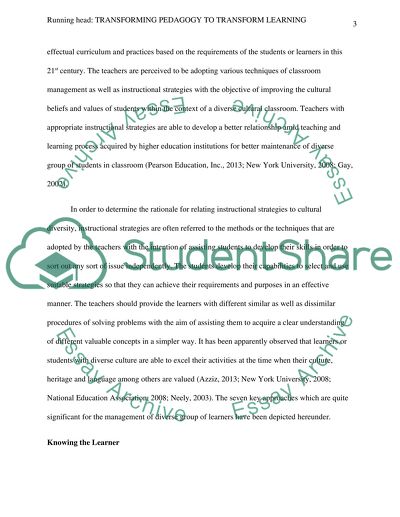Cite this document
(“Transforming Pedagogy to Transform Learning Research Paper - 1”, n.d.)
Transforming Pedagogy to Transform Learning Research Paper - 1. Retrieved from https://studentshare.org/education/1621931-transforming-pedagogy-to-transform-learning
Transforming Pedagogy to Transform Learning Research Paper - 1. Retrieved from https://studentshare.org/education/1621931-transforming-pedagogy-to-transform-learning
(Transforming Pedagogy to Transform Learning Research Paper - 1)
Transforming Pedagogy to Transform Learning Research Paper - 1. https://studentshare.org/education/1621931-transforming-pedagogy-to-transform-learning.
Transforming Pedagogy to Transform Learning Research Paper - 1. https://studentshare.org/education/1621931-transforming-pedagogy-to-transform-learning.
“Transforming Pedagogy to Transform Learning Research Paper - 1”, n.d. https://studentshare.org/education/1621931-transforming-pedagogy-to-transform-learning.


